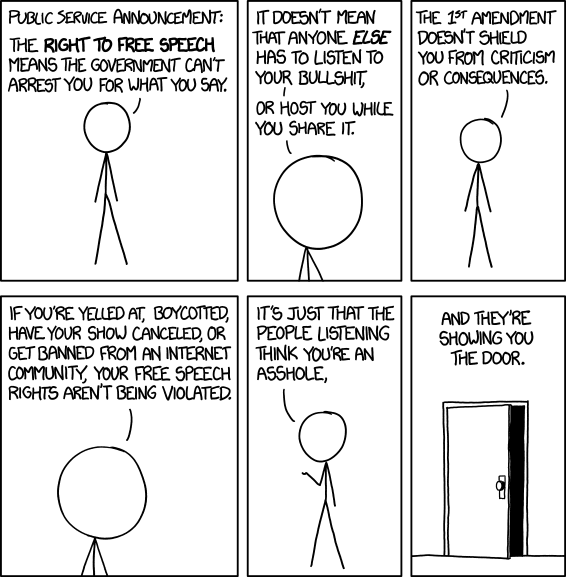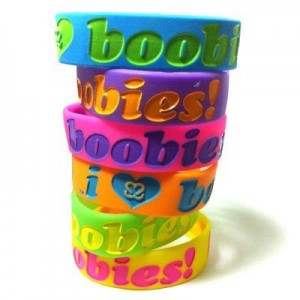Broadcast via satellite from the small Arab country of Qatar since 1997, Al Jazeera has carried interviews with everyone from Osama bin Laden to Colin Powell and has been criticized for doing so by both the United States and Arab countries. During the current war in Iraq, Al Jazeera came to worldwide attention, presenting an Arab point of view to the fighting between the United States and Iraq. It has a regular audience of 40 million, which dwarfs CNN or Fox in scope.
Although some observers accuse Al Jazeera of being a pro-Arab propaganda channel, others have described it as the CNN of the Arab world. Perhaps neither label is completely fair or completely accurate. It would seem instead that Al Jazeera is committed to presenting an Arab view of the world. That is, it works at telling the news accurately, but it tells it from a clear point of view.
This documentary, Control Room, was made in 2004 during the height of our war with Iraq.
Here is an online copy of the film. It is also available through Netflix.
As you watch it, you will likely see things during it that offend you. You are not watching this to be given “the truth” about any thing. You are watching it to see how Al Jazeera presented the war to a very large part of the world. It’s vital that we get a look at how other media portray news that is important to us.
NOTE: If the video below is broken, let me know; I’ll do what I can to fix it.



